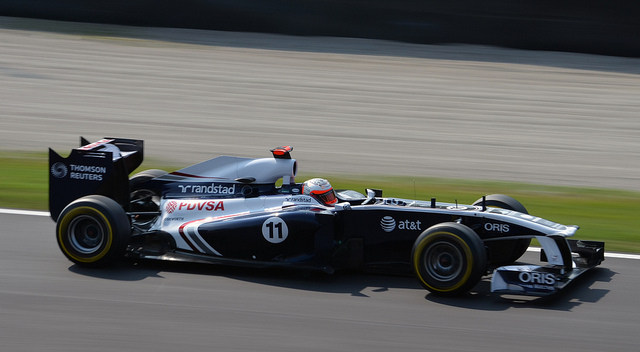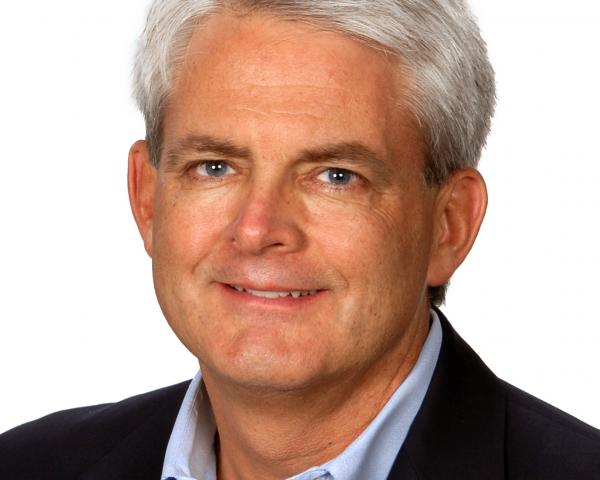Historically, policies are periodic, but risk is continuous. Now, as an auto insurer shows, technology allows for real-time risk management.
In insurance, sales are usually periodic, but risks are continuous. In personal lines, for example, annual or semiannual automobile renewals are automated, and a customer may not speak with an agent or a representative of an insurer for an extended period. Insureds do not receive continual rick consultation, because it is high-touch and high-cost, and can unintentionally retain risks. This is especially true during times of change. New activities, conditions or locations often increase exposure.
This post explores how technology can be combined with a customized service proposition to deliver continuous, real-time risk management. In the process, digital technology can reshape patterns of engagement between insurers and their customers that have existed for decades (or centuries).
Look at what happens every day as teenagers become drivers. As learners, their skill level is low. As drivers, they make poor decisions and crash more often. Parents try to supplement the teaching of driving schools but with mixed results. High loss frequency and severity for the 16- to 20-year-old age group, particularly males, drives insurance premiums to unaffordable levels. More significantly, many people are injured or are killed in accidents involving youthful drivers.
Now look at the approach taken by Ingenie, an insurance broker founded in the UK in 2010. The founders observed the safety and affordability issues in the UK motor market and set out to design a proposition to address both issues. At that time, telematics solutions were just beginning to take shape. However, Ingenie intended to go beyond a simple black-box-in-a-car approach. It partnered with the Williams Formula 1 team and used its racing experience and data to build sophisticated algorithms that analyzed driving patterns and predicted the behaviors that were most likely to result in an accident. Ingenie also engaged psychologists at Cranfield University to understand the specific emotional and physical characteristics of youths. With insights from these sources, Ingenie built an engagement approach focused on this age group.
Ingenie’s founders were veterans of the insurance software industry and had the technological skills to build a platform that blended social media, call center technology and an online app. The objective was to provide real-time feedback to influence driving behavior by communicating at appropriate intervals and in the most effective manner. As the telematics device in the vehicle reported the driving details, if the data showed that a young driver was performing better (safer) than her peers, she received a discount on her insurance. If the driving was not as safe as it could be, the driver received a text outlining what driving behavior could be improved, with a link to training videos and other multimedia sources. If the actions were severe, the driver was contacted directly by a call center employee of Ingenie. The company employs psychology majors from local universities, usually young men and women in their early 20s, in the service centers to counsel the youths and to speak to them on their own terms.
The model is proving successful. Between 2012 and 2013, behaviors improved such that average premiums dropped 23% for 17-year-olds and 10% for those who were 18. The broker has earned rapid growth in the UK market -- 2013 premiums were more than $80 million. In 2014, Ingenie expanded into Canada.
By going beyond pure telematics, Ingenie delivers continuing risk control that previously had not been possible or affordable. Going forward, digital technologies will continue to provide similar opportunities across other lines of business – increasing both the efficiency and effectiveness of risk management.


